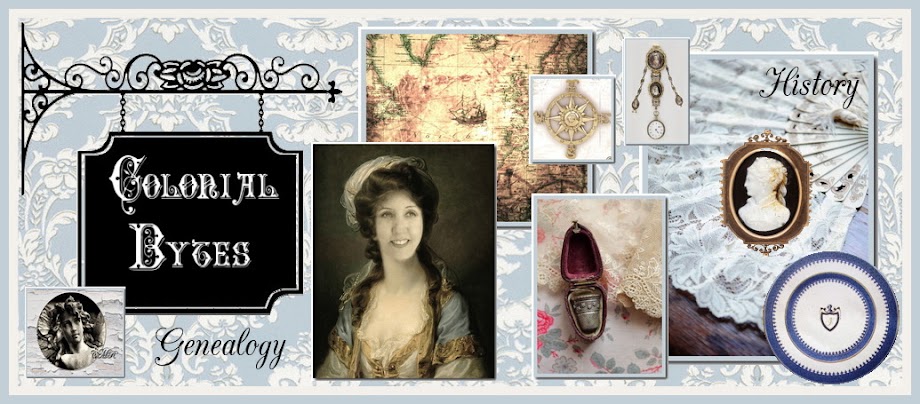With our whole hearts, we remember all who have served our great nation. Colonial Bytes wishes to remember the men and women who set us upon the course we are on today. To these brave people, who gave of their life, liberty and treasure, we say heartfelt thank-you.
You have given us such a rich heritage. It is our honor to carry it forward.
We Remember You this Memorial Day 2011
Thank-you for your sacrifice in the pursuit of liberty.
Colonial Bytes Editor,
Christine McClintock Hudspeth
Read About the Battle of Ft. Henry Here
God bless the men and women who sacrificed their lives on the altar of freedom.












